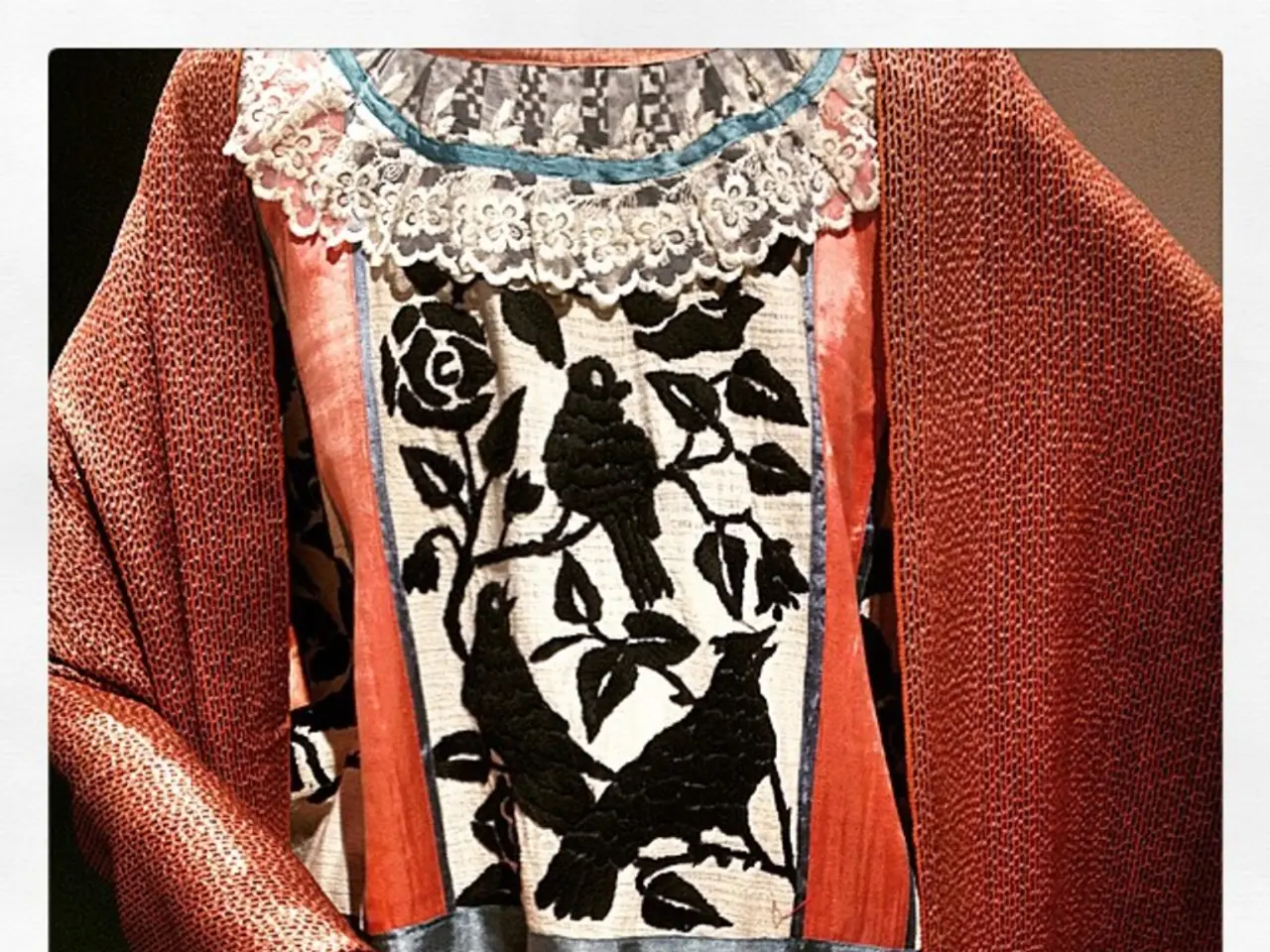Essential Information About Trekking Sticks: A Comprehensive Guide
In the rugged landscapes of New Zealand, having the right equipment can significantly enhance your tramping (hiking) experience. When it comes to walking poles, here are the top tips based on current expert gear reviews and tramping needs:
1. **Select Poles That Offer Sturdy Support, Yet Have Some Flexibility**
Poles should be strong enough to handle rough terrain and descents common in New Zealand but have a bit of give to prevent breakage on steep or uneven trails. For example, the Kelty Cairn poles are praised for their sturdy support with enough flex to worry less about snapping on steep terrain.
2. **Prioritize Adjustability and Compactness**
New Zealand trampers benefit from poles with easy, quick length adjustment to suit varying trail gradients and personal height preferences. Trekking poles with telescoping or folding designs and good locking mechanisms like flip locks or lever locks are highly recommended. Adjustable sizes accommodate different users and varied trail conditions.
3. **Choose Lightweight Yet Durable Materials**
Lightweight poles reduce arm fatigue on long tramp routes. Carbon fiber offers excellent strength-to-weight ratio, making poles light but durable, such as those from Black Diamond and Hiker Hunger. Aluminum poles may be a good, more affordable option but tend to weigh more.
4. **Look for Comfortable Grip Materials Suitable for New Zealand’s Climate**
Moisture-absorbing cork grips can prevent slipping in humid or rainy conditions typical in New Zealand outdoors. EVA foam grips also provide comfort, especially when paired with adjustable wrist straps for stability.
5. **Use Poles to Improve Stability, Reduce Joint Impact, and Enhance Pace**
Trekking poles provide extra points of contact with the ground, improving balance and reducing strain on knees and ankles during long descents common in New Zealand’s rugged terrain. They also help maintain a steady rhythm, enabling longer distances with less fatigue.
6. **Consider Price vs. Features**
Some high-end poles offer advanced locking systems and premium materials but come at a higher price point (e.g., MSR DynaLock carbon poles). Affordable options like Kelty Cairn still deliver performance suitable for many trampers without breaking the bank.
7. **Match Pole Length to Your Height and Terrain**
Adjust poles so that your arms form roughly a 90-degree angle at the elbow when holding the grips. On uphill sections, shorten your poles for better leverage; lengthen them for descents and flats.
**Summary Table for Key Features**
| Feature | Recommended | Notes | |-----------------------|--------------------------------|-----------------------------------------| | Material | Carbon fiber or aluminum | Carbon is lighter; aluminum more durable/affordable | | Adjustability | Telescoping or folding with flip/lever locks | Quick & secure length changes important | | Grip | Cork or EVA foam | Cork absorbs moisture; EVA is cushy | | Weight | Lightweight (around 1 lb./pair) | Less arm fatigue on long trips | | Price | From affordable to premium | Balance features and budget |
When deciding whether to use poles for an upcoming trip, consider the length of the trip, estimated walking time per day, potential fatigue, steep sections, scree, and slippery terrain. Snow/mud/trekking baskets can prevent poles from sinking too far into soft ground, not just snowy or muddy terrain.
Poles improve posture and provide more even weight distribution, reducing the load on legs and protecting joints, particularly knees. The choice between cam/lever lock and screw for adjusting pole length is personal, but the cam/lever lock is faster to adjust.
When using poles, keep forearms close to right angles with the body to avoid overworking the shoulders. Poles can be useful for testing the depth and current when river crossing, and maintaining footing while crossing. The wrist strap is an important part of the pole, as it effectively distributes weight and reduces gripping fatigue, also preventing pole loss if dropped.
In muddy or watery conditions, poles can help check the consistency of mud or depth of puddles to choose the best route. Using poles enables easier breathing, especially when walking uphill, by allowing the chest to open. Walking poles boost safety by preventing slips, trips, and falls, especially on loose rocks, slippery ground, and steep inclines.
First-time pole users may need practice to master this new style of walking. Adjust pole length according to terrain changes, with a longer pole for downhill and a shorter one for uphill. The length of the pole should be adjusted according to terrain changes, with a longer pole for downhill and a shorter one for uphill.
Glenn recommends swinging the left pole forward in synch with the right foot, and the right pole in synch with the left foot for maximum stability. Attaching the snow/mud basket is recommended to prevent over sinking. The strap should be worn with the hand through the strap from the bottom, thumb on top, and bottom around the wrist. The pole tip should hit the ground in parallel with the corresponding foot.
- Integrating the right walking poles can benefit not only your tramping (hiking) adventure in New Zealand's rugged landscapes but also your overall health-and-wellness, as they help reduce joint impact and enhance pace during fitness-and-exercise activities such as sports.
- Investing in quality trekking poles, capable of offering sturdy support with flexibility, adjustability, and compactness, not only improves your sports performance but can also contribute significantly to your science-backed health and wellness routine, making them a valuable asset in health-and-wellness, fitness-and-exercise, and sports endeavors.




